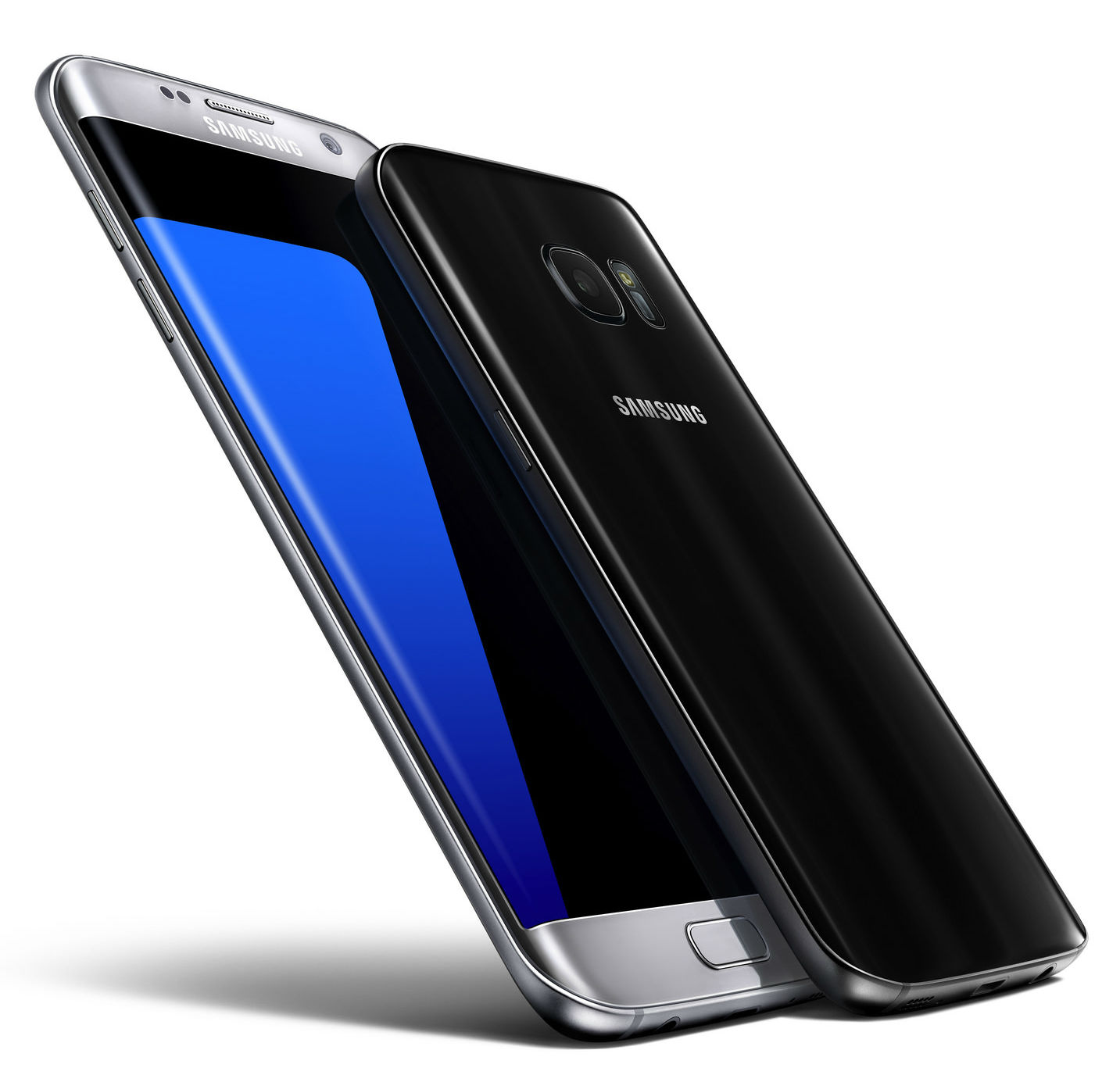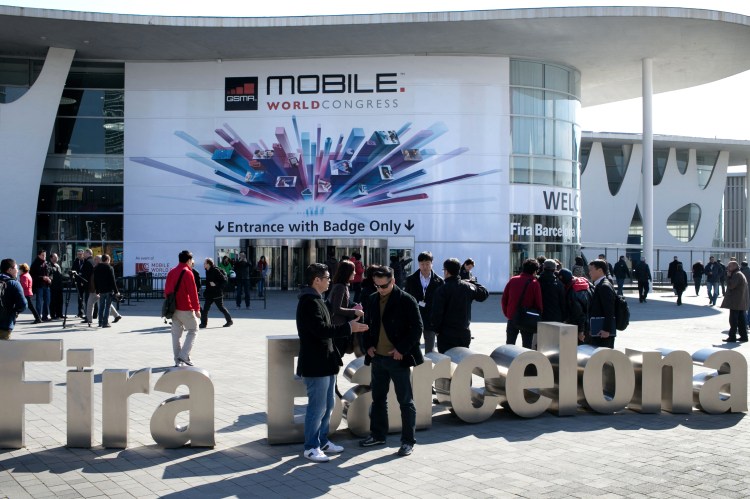Despite the volume of, ahem, material revealed prior to the show, this year’s Mobile World Congress in Barcelona, Spain still proved to be one of the more exciting conventions in recent years. Almost every major phone manufacturer had significant products to show off, save for a few noteworthy omissions (looking at you, Microsoft and Motorola).
What follows is merely a set of off-the-cuff observations based primarily on published news reports and discussions with people who have briefly handled the retail versions of the devices in question. Since I haven’t even seen, much less tested, any of these products in person, it is by no means an authoritative evaluation. In other words, your mileage may — and probably will — vary.
Best in Show: Samsung Galaxy S7 edge

It wasn’t all that long ago that I would not even consider purchasing a Samsung handset — I thought they looked somewhat cheap (in some cases, weird), and the rap on Samsung’s TouchWiz Android skin has never been great.
Then came last year’s Galaxy S6, immediately shattering my perceptions. Not only did it garner praise for its best-in-class performance — Galaxy models usually do — but it was a stunning piece of well-crafted hardware. I’ve likened its impact on Samsung’s lineup to the iPhone 4 for Apple: Both devices seemed like high-end fare that had somehow fallen into the hands of the common man.
But loving the S6 — and its even more attractive sibling, the S6 edge — required a number of sacrifices (which its rivals, like LG, were all too pleased to point out). Specifically, it dropped three popular features: microSD expansion, water resistance, and a removable battery.
Sure enough, Samsung listened to the outcry over these omissions. The company reinstated the first two features in the Galaxy S7 pairing and included a larger battery to somewhat ameliorate the third.
The new model also addresses the perception that the curved screen of the edge justified the difference in price in the S6 edge variant: By increasing the S7 edge screen diagonal, the extra money now buys a screen with both an innovative shape and a larger size (though the same number of pixels).
Two important caveats here. First, despite the inclusion of a microSD slot, the S7 does not support Android 6.0 Marshmallow’s ability to install apps directly to the card (due to the fact that Google recommends against enabling this functionality). What’s more, Samsung will reportedly sell only a single capacity in the US: 32GB.
Second, unlike last year, Samsung has chosen to go with different processors for different regions: Qualcomm’s Snapdragon 820 for North America and its own homegrown silicon, the Exynos 8890, elsewhere. Last year the choice of Exynos across the board proved beneficial for all, as it avoided that rare misstep from Qualcomm, the Snapdragon 810. But this time around, very early benchmarks have favored the 820, meaning those with an Exynos-equipped handset may be at a slight disadvantage this time.
Biggest surprise: Sony Xperia X series

The Sony Xperia X, XA, and X Performance handsets were without a doubt the show’s biggest (please excuse the pun) X-factor. The company didn’t make a ton of noise about them beforehand, but that’s not even the biggest reason they seemed to come out of left field.
In my experience, the likelihood that a product will be leaked prior to launch is directly proportional to the time span between its introduction and release: the closer the two events, the higher the chance of leaks. Generally, that’s because more and more of company’s partners — marketers, retailers, creative agencies — need to be looped in as the release approaches, meaning that details and multimedia assets are more widely dispersed.
Most modern day phones have narrowed that gap significantly, and this year’s pair of Galaxy S7 models are prime examples: Just a few days stood between Unpacked 2016 and the start of preorders. Contrast that with the first iPhone, whose nearly six-month window between a January unveiling and June availability in 2007 meant that most specs, and the entirety of the design, remained a secret until revealed by Apple’s then-CEO, Steve Jobs.
Apple had the luxury of doing this because at the time it didn’t offer any other products in the same category: The only sales that were likely to be cannibalized were those of other OEMs. But Sony is in a different boat. With the Z5 variants having only been introduced this past October, it took a somewhat significant risk announcing their replacements over three months prior to their scheduled June release.
It will be interesting to see how this strategy affects Sony’s mobile sales numbers over the two quarters that this gap spans. With a relatively small market share already, Sony may have figured that a strong upcoming lineup would do more to dissuade potential customers of its rivals’ products than its own.
Biggest disappointment: LG G5

This will undoubtedly prove a controversial pick, as there seems to be a good number of people excited about the so-called modular capability of LG’s first all-metal flagship. But I was hoping for more — or if not more functionality, at least a more appealing design. The LG G5 is not a bad-looking phone by any means, but it doesn’t convey the premium feel that the Galaxy S6 and S7, or HTC One series, managed to achieve.
Design is a personal preference, I acknowledge, and it’s worth noting again that I’ve never held a G5 nor seen it in person. Less subjective, though, is the fact that, at launch, the functionality of the Magic Slot hardware expansion bay is pretty limited.
Neither module (the LG Cam battery grip and LG Hi-Fi Plus) is very compelling in my opinion, especially because they add so much bulk to the handset throughout the day, when their actual use cases are probably fairly limited. I’ve heard that it is not dead easy to swap the modules, meaning that keeping the camera grip in a bag or pocket until you need to actually use it probably wouldn’t work well if timeliness were an issue.
Here’s my guess: LG probably first decided it was critical to continue offering a removable battery as a key differentiator from Samsung. Only then, after making the somewhat drastic design sacrifices required to achieve that feat, they might have looked for other ways to leverage that gaping opening. Enter the Magic Slot. To me, it seems like a solution in search of a problem, much the same way that the Galaxy edge models offer those somewhat gimmicky features along the strip formed by the display’s curves.
That said, the LG G5 may be an enjoyable phones to own, as past G-series handsets have been. I just expected more from a metal LG flagship in terms of the design, considering the sharp looks of its predecessors.
VentureBeat's mission is to be a digital town square for technical decision-makers to gain knowledge about transformative enterprise technology and transact. Learn More

